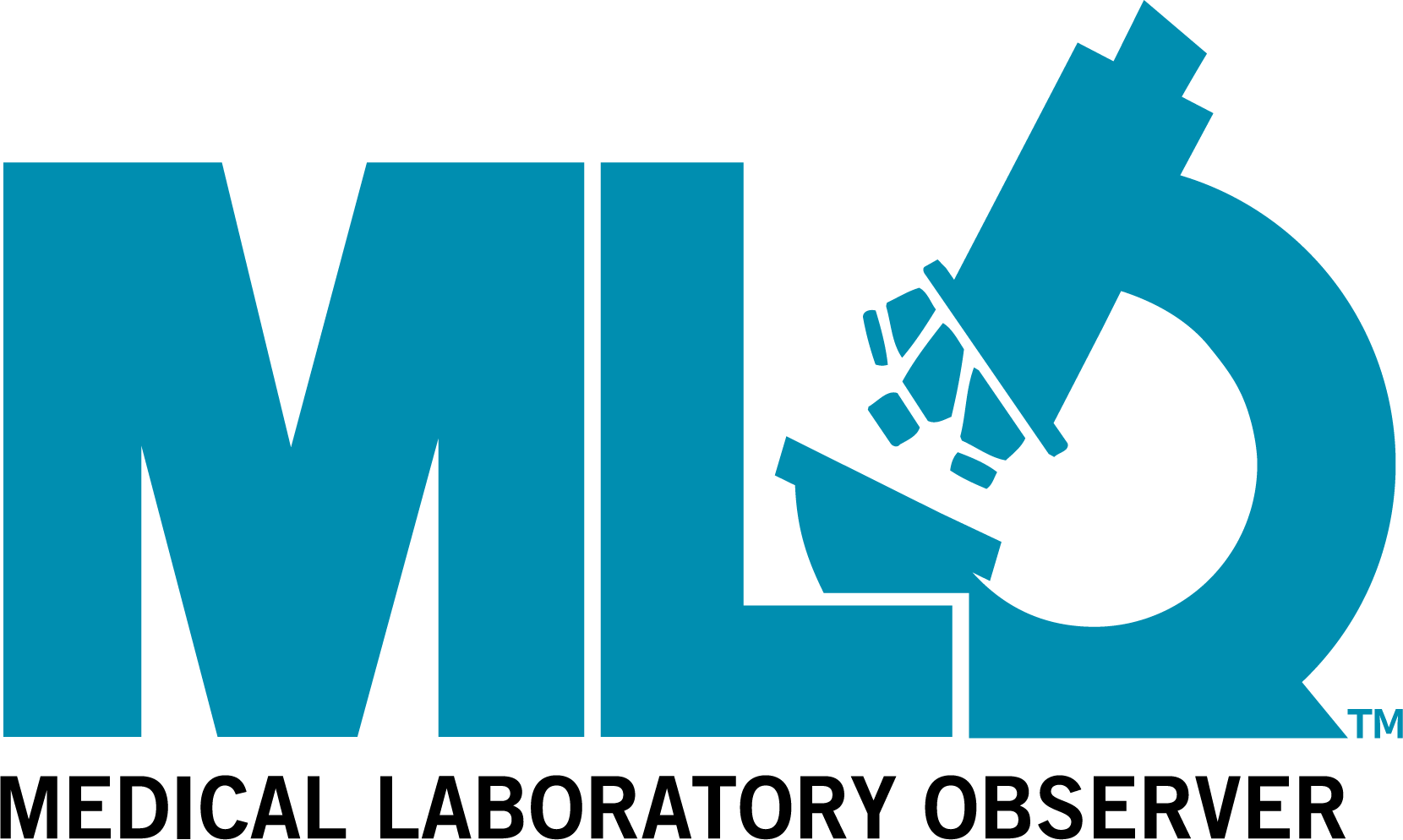January 9, 2023
Pharma – 2023 Health IT Predictions

Original source here.
As we head into 2023, we wanted to kick off the new year with a series of 2023 Health IT predictions. We asked the Healthcare IT Today community to submit their predictions and we received a wide ranging set of responses that we grouped into a number of themes. Check out our communities predictions below and be sure to add your own thoughts and/or places you disagree with these predictions in the comments and on social media.
Check out our community’s pharma predictions.
Jesse Cugliotta, Global Industry GTM Lead, Healthcare & Life Sciences at Snowflake
Industry investments in data platforms to enable decentralized clinical trials and 3rd party data will improve healthcare outcomes: It’s no secret that having a diverse pool of individuals in clinical trials is critical to bringing life saving drugs to market. Decentralized clinical trials via retail pharmacies provide a path to make this possible, increasing the number of potential participants.
It’s also not a secret that 3rd party data has huge implications as key social determinants of health (availability of healthy food at the grocery store, distance to a pharmacy etc.). The challenge to accessing this data has always been technical – with teams needed to facilitate clunky data sharing between a retail pharmacy and a drug manufacturer, or a healthcare system signing a licensing agreement with a vendor and building pipelines to ingest 3rd party data into systems of record.
The industry is beginning to invest in and will increase funding into modern data platforms that eliminate technical hurdles and custom built data pipelines to allow data to flow in real-time and deliver on the promise of improved healthcare outcomes.
Unstructured data plays a greater role in healthcare strategies and improves patient outcomes: Unstructured data, such as physician notes, x-rays or even social media sentiment – which some estimates suggest represents as much as 80% of healthcare data – has long been a white whale in the healthcare world. This data has historically been difficult to analyze en masse.
It would be incredibly valuable, for instance, to be able to run a structured query against a collection of images sitting in BLOB storage, and pull out every example showing a concerning mass in a particular part of the patient’s body that’s consistent with the others in order to determine the best course for treatment. That level of analytics sophistication is finally being realized and will go mainstream in 2023, reshaping the way that healthcare organizations leverage data and improve patient outcomes.
Healthcare and pharmaceutical industries take a page out of retail’s book and strengthen supply chains with open data sharing: Medical product shortages during the pandemic put the supply chain in sharp focus, but now, even as the COVID situation has normalized, we’re still seeing shortages of common and important treatments that should be avoidable.
One of the core issues is that the industry has become single threaded in its sourcing strategy. This is not sustainable when so many of the active pharmaceutical ingredients and medical device components we rely on come from a small handful of countries. If one of those countries goes into lockdown and supply chains are interrupted, or they nationalize their supply, that puts everyone at risk.
In 2023, we’ll witness a course correction here. Drug and device manufacturers are no longer able to plan their supply chains with their OWN data alone. With investment in technology that facilitates bi-directional data sharing across the entire product journey, from the manufacturer to the supplier and all the way down to the individual hospital or pharmacy, new levels of real-time visibility will create not just more resilient supply chains but a more resilient healthcare system overall.
Lance Hill, Chief Executive Officer at Within3
Patient insight management will be a key strategic pillar: Life science organizations are more confident in the business value of insights management and are increasingly willing to commit the necessary technological resources to support this need.
The industry will find a place for AI: Pharma and life science companies are warming up to AI as it finds more success within the industry, particularly in R&D. More companies in these industries are hiring for AI roles and in the coming year, industry players will better understand how AI can support skilled workers and contribute to overall business success.
In-person insights-gathering will be tech-enabled: Technology will remain a key component as businesses look to integrate in-person and virtual workstreams.
Insight management will be essential for precision medicine: Understanding the breadth of challenges that unique patient groups face will require insights and analysis from a myriad of resources, an excellent use-case for insights management technology.
Kimberly Powell, Vice President of Healthcare at NVIDIA
AI + Automation in Healthcare: Large Language Models allow researchers to train new AI models for chemistry and biology. This will unlock a new understanding of molecules, proteins and DNA to uncover patterns in datasets, predict molecular reactions and optimize lead particles. This could be a breakthrough for the pharmaceutical industry.
Lauren Ohlsson, Lead of Industry Solutions – Pharmaceuticals & Healthcare at VDX.tv
In 2023, PLD (Physician Level Data) reporting from digital media partners will become increasingly essential to pharmaceutical organizations. Digital media partners can provide pharmaceutical companies with detailed reporting by NPI (National Provider Identifier), down to the impression level. With this level of data, pharmaceutical companies can better evaluate the prescribing behaviors of HCPs. There is increased demand for granular, frequent PLD reporting and pharmaceutical advertisers are ingesting these large data sets to contribute to their omni-channel strategies.
Harshit Jain, Founder and Global CEO at Doceree
I believe we will see programmatic marketing take center stage in 2023 as pharmaceutical marketers focus on tailored communication strategies to reach healthcare professionals. Additionally, AI-powered platforms will be prioritized to accelerate the process of drug research and development. In the coming year, AI will help simplify the determination of eligibility conditions and patient inclusion activities.
POC system costs have been reported as being less expensive than central laboratory costs and will be beneficial in case of recession as POC marketing is only expected to rise owing to the benefits it provides.
The pandemic has caused rise in inflation, debt, and income inequality and also the likelihood of recession, however, 2023 looks promising in the sense of certainty as the COVID19 has been fought and is now being treated like any flu. While in-person meetings will be revived, demand for digital communications will continue to rise.
Dr. Ofer Sharon, CEO at OncoHost
The new year will bear witness to great innovation in biotech in the precision oncology space. In 2023, we will see more pharma companies integrating precision medicine programs with drug development programs, as well as increasing regulation on precision medicine solutions and/or tools that are combining machine learning and AI.
The timing is right for the following reasons: Firstly, we have reached a plateau in the efficacy of the current treatment modalities available to cancer patients. If we look at recent publications, we see marginal improvements, if any. There has been no progress in toxicity profiles of drugs; in fact, we’re seeing more because we’re dealing with many more combinations of treatments; and the questions many clinicians are asking themselves are: “Am I choosing the best treatment for my patient?” and “Are there any tools or biomarkers that can better direct my treatment planning process?”
Secondly, we are seeing hundreds, if not thousands, of cancer treatment combinations currently being tested in clinical trials around the world. If we look two to five years into the future, clinicians will have a choice between not one, two or three combination options; they will have to choose between ten to fifteen modalities! How can they possibly make a choice without biomarkers or precision medicine tools to guide their decision-making strategy?
Thirdly, we are facing a great cost issue. Across the world, payors are struggling to pay the huge amounts of money required to provide funding for the expensive medications becoming available to patients. Policymakers say they want to lower health care costs, yet the Centers for Medicare & Medicaid Services (CMS) is once again pursuing policies that will exacerbate consolidation pressures, and oncology has one of the highest rates of consolidation, largely driven by payment disparities across different sites of service. If we want treatments to be covered, we need better biomarkers that prove the treatment will work. Payors simply will not continue paying for treatments that are only efficacious for the minority of patients.




